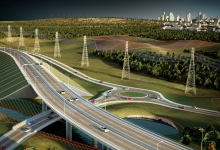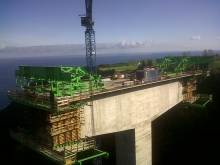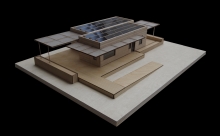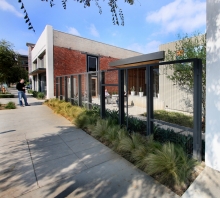Challenges of Building Green: Material Selection
Sustainability is quickly becoming a mainstay of the building industry. Although a builder’s motivation for embracing sustainable practices may vary from personal values, to code adherence, to marketing strategy, to owner expectations, there’s no doubt that sustainability is having a major impact on the way we build. The selection of sustainable materials has become one the most challenging aspects of building green, due to the overwhelming availability of product options, negative connotations and misunderstandings related to green terminology, and the industry-wide need for education on sustainable technologies. If you are attempting to cut through the clutter when it comes to material selection, consider these suggestions from some of the industry’s leading sustainability professionals.











